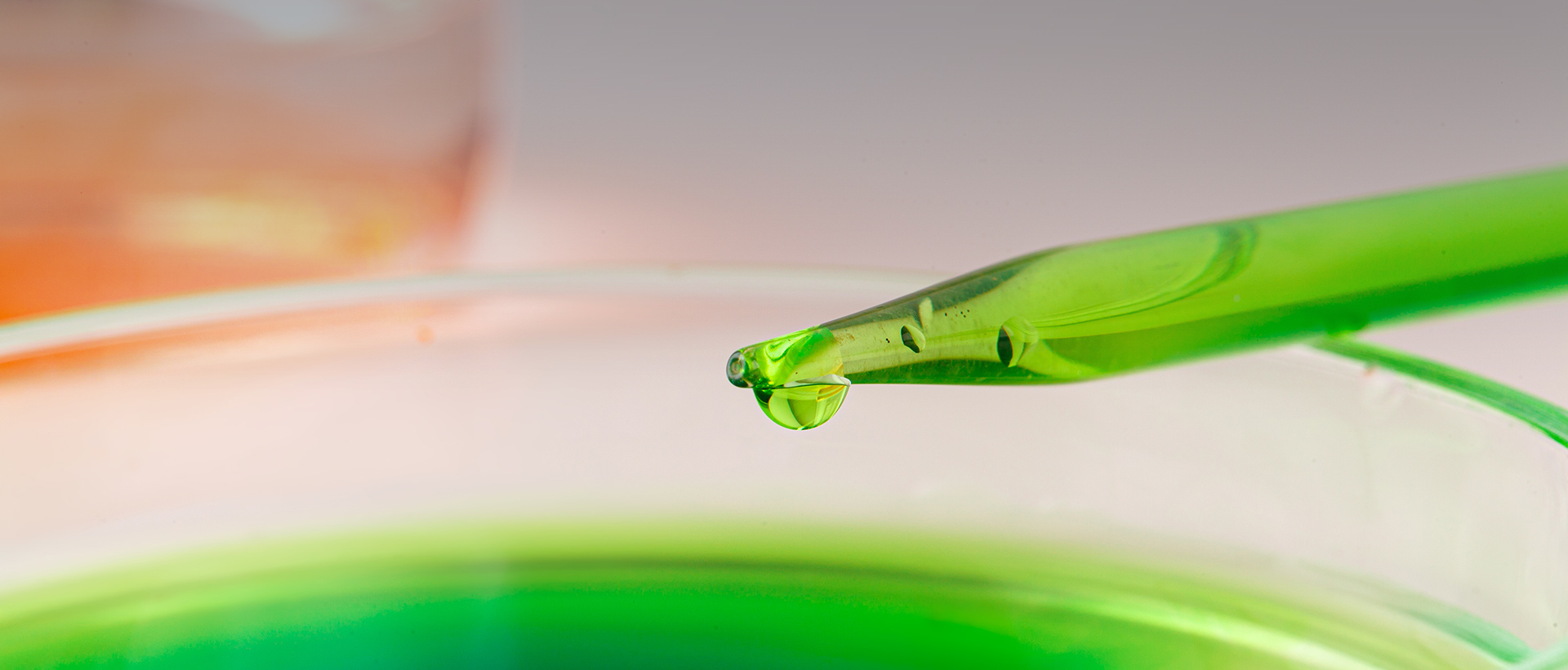Reconstitution
Peptide solubility is a function of the primary structure of the molecule. While most dissolve freely in aqueous media, there are many examples of poor solubility, particularly amongst peptides that contain an excess of hydrophobic residues. Unless you know that the peptide is freely soluble in your intended solvent, we recommend the following procedure.
Add a small quantity of sterile, distilled water. If the peptide does not dissolve, sonication may help. Alternatively, or subsequently, add a small volume of 10% aqueous acetic acid (for basic peptides) or aqueous ammonia (for acidic peptides, which do not contain free cysteine residues). Once the peptide is dissolved, buffer or salt solution may be added to obtain the desired concentration. In general, peptides are more stable under acidic conditions and we recommend a choice of pH between 3.0 and 6.0. We recommend sterile filtration of the final stock solution.
It is usually impossible to recover a peptide that has aggregated in the presence of salt and we do not accept liability for peptides lost this way. If sufficient peptide is available, you are well advised to test the solubility on a small sample first.
Please note that DMSO can completely oxidize the free thiol groups of cysteine in short-chain peptides within minutes and should be avoided as a solvent for these peptides.
Peptides that contain methionine, cysteine or tryptophan may oxidize and generate impurities. We recommend the use of oxygen-free solvents.
Storage
Lyophilized peptides are generally extraordinarily stable at sub-zero temperatures, often showing little or no degradation even after years. We recommend storage at -18°C or lower. To avoid condensation moisture, allow the vial to attain room temperature before opening. If the contents of a vial are not used immediately, gas with nitrogen and store dry and dark at -18°C or lower.
Peptides in solution have a much more limited stability. They are also highly susceptible to proteolytic degradation. Proteases of microbial origin may be excluded by the use of freshly distilled water and sterile filtration. Gloves are recommended to avoid chance contact with human proteases present on the skin. The recommended method to store reconstituted peptides is at -18°C or below after relyophilization of appropriately aliquoted material. If this is not possible, then store the stock solution in aliquots at -18°C or below and avoid repeated freeze-thaw cycles.
Shipment
Most peptides are stable as lyophilisates at ambient temperatures and it is not necessary to refrigerate them for short periods during transportation. Extended exposure to warm temperatures should be avoided. If a peptide needs particular precautions during transport, you will be informed in advance of shipping.


